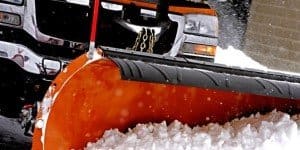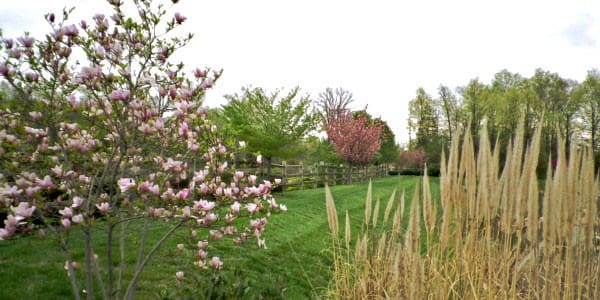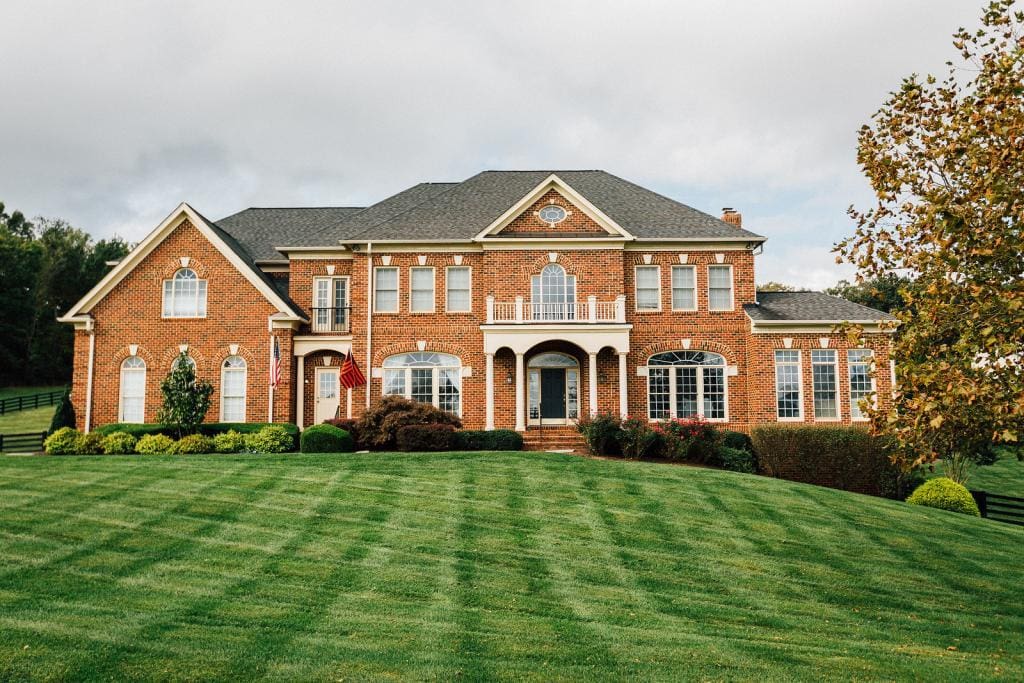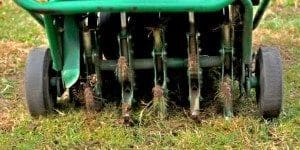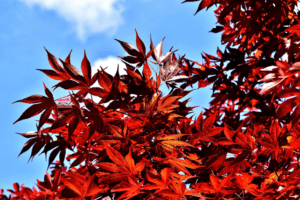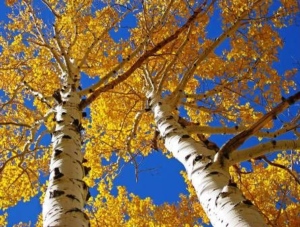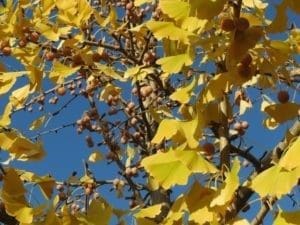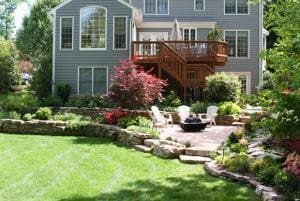
Winter is a great time for tree trimming and pruning in Northern Virginia. Believe it or not, there is a benefit to your trees being bare and desolate this time of year: your dormant trees are gathering up strength to put on a spectacular show when spring finally arrives. Now is the time to lend a helping hand by trimming trees to encourage new growth. Winter is also a good time for tree trimming because bare branches are easier to see and handle, and the harder ground allows for easier access to trees.
When to Trim in Northern Virginia
February through March is the best time for tree trimming. Though you should usually wait until the coldest part of the winter has passed, you can trim outside of this window. For flowering trees, it’s critical that you trim while the tree is still dormant. If you trim after blooms have started to form, you could limit the tree’s blooming potential in the spring. Some species, such as maple, walnuts, and birches may excrete sap. While this is not dangerous to the tree, it can be unsightly, so it’s best to trim or prune when the weather is colder and the sap is not as likely to bleed.
Trim with a Plan
When trimming trees, you should remove every branch for a reason. Each cut has the potential to change the shape of the tree substantially and affect the ability of a flowering tree to bloom, so you should always trim and prune with a plan. Dead, diseased, and damaged branches should be removed as soon as possible, both to prevent the spread of potential disease and for safety. Dead branches can easily fall in the slightest wind and cause personal injury or property damage. Any branches that interfere with visibility on your street or driveway should also be cut. Take time to access where issues will arise once leaves begin to grow again. Have a critical eye as you walk among your trees and determine whether tree trimming is necessary. Remember that thinning for the sake of it does not necessarily improve the health of a tree.
Benefits of Trimming
Trimming isn’t just beneficial in encouraging bloom growth in the spring, it can also save you money and time by managing insects and disease. Removing dead branches can help prevent disease-carrying organisms from entering your branches and spreading disease. Thinning a tree’s canopy can increase the amount of sunlight and air to your tree and landscape, also resulting in less disease.
Professionals at Sunrise Landscape and Design are carefully trained to trim trees according to advanced trimming and pruning techniques, with the uniqueness of each tree species in mind. Hiring Sunrise for your Northern Virginia tree care will leave your trees healthier, structurally sound, and beautiful for years to come!
Contact us for a tree trimming quote or to discuss other Northern Virginia landscaping needs. For more information on our tree trimming and pruning services, visit our Tree Trimming and Shrub Pruning page.

